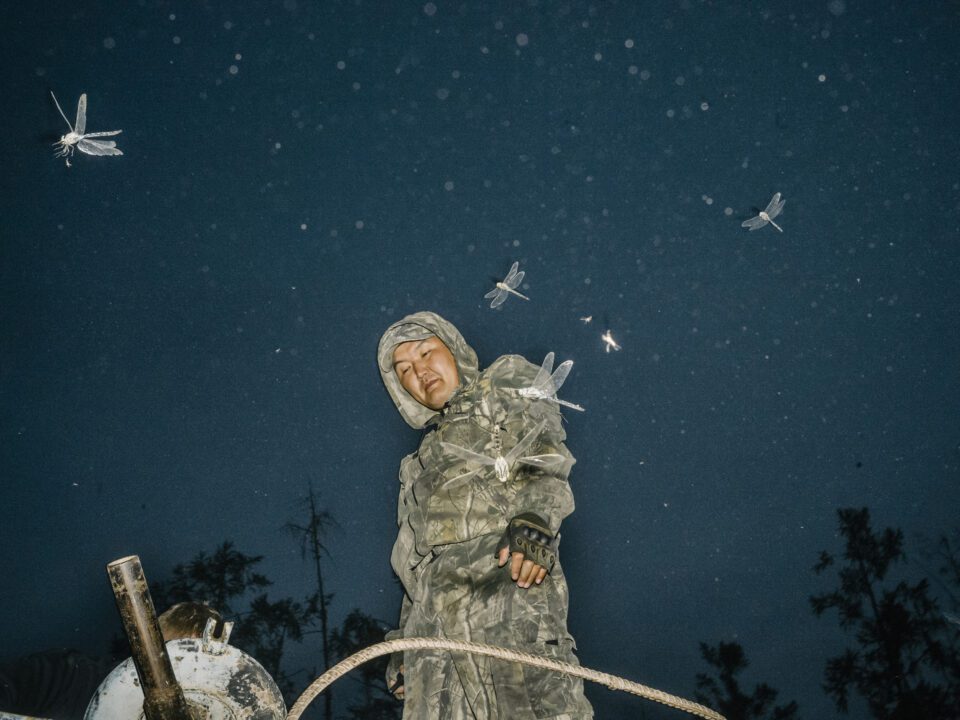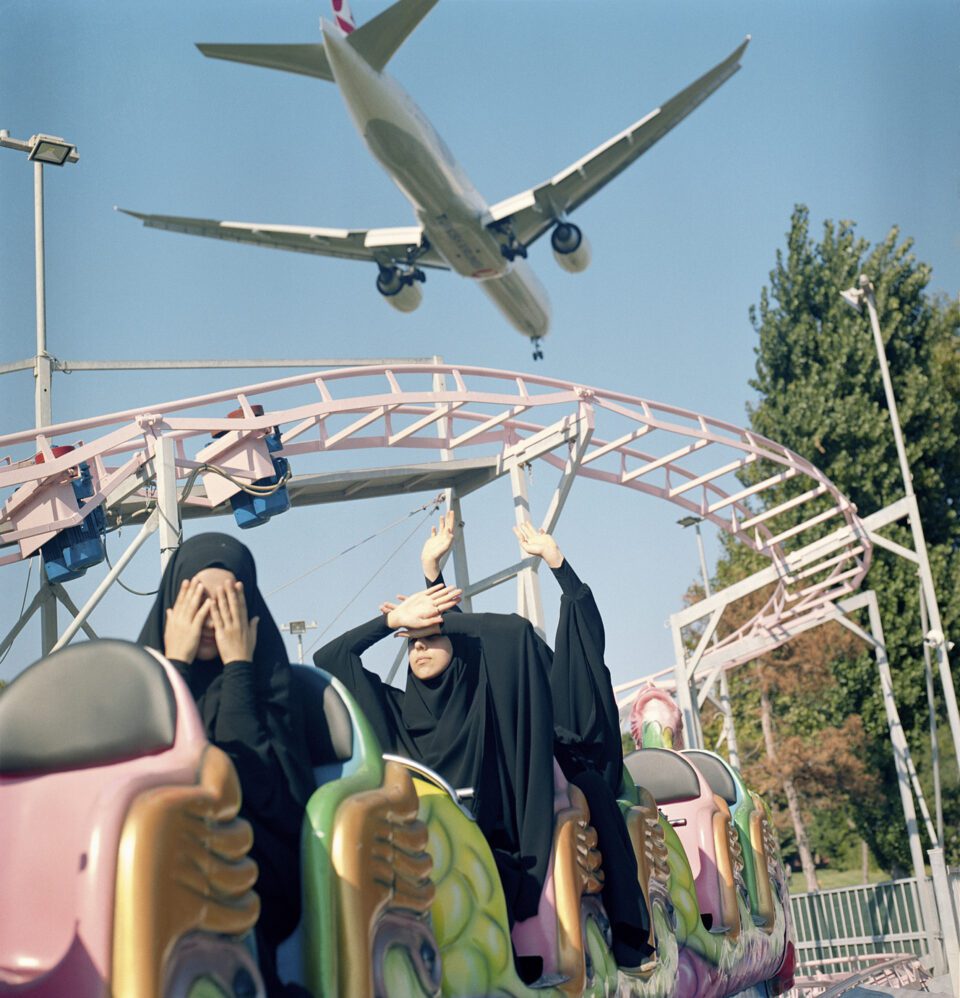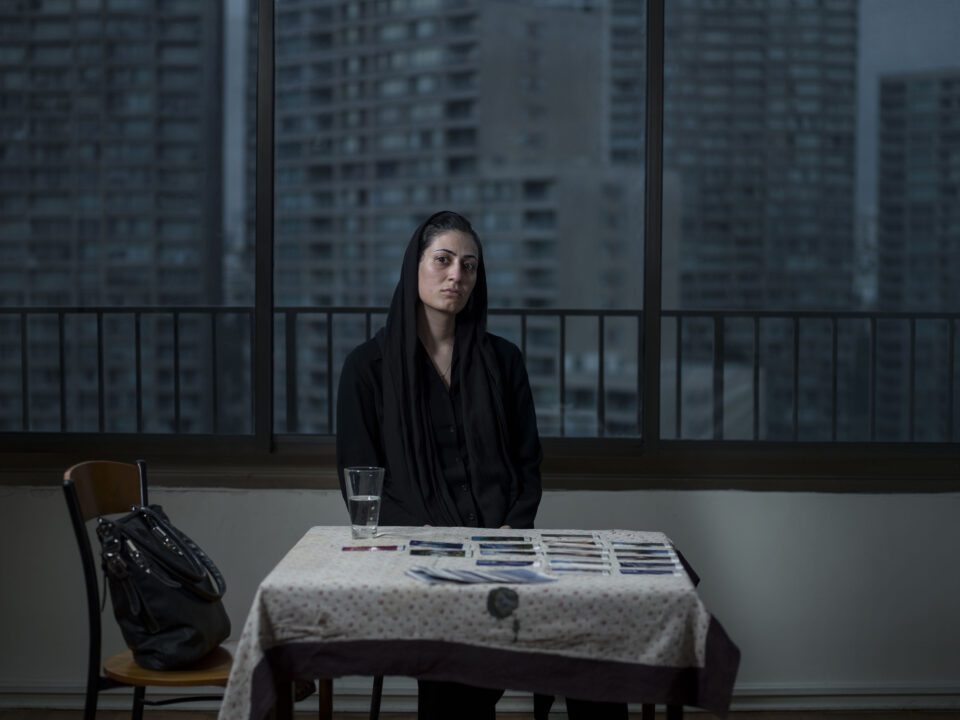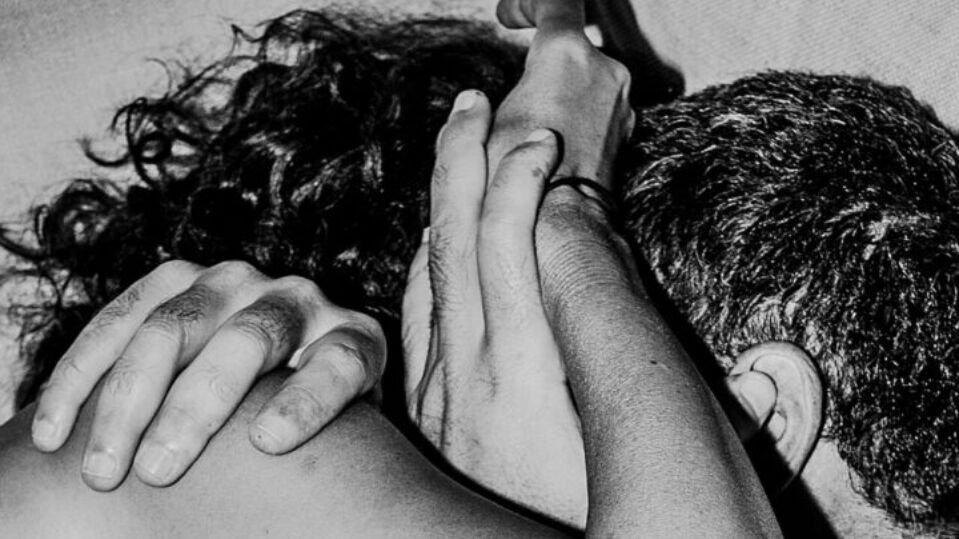In 1947, two years after WWII ended, four war photographers founded Magnum Photos. Robert Capa, Henri Cartier-Bresson, George Rodger and David “Chim” Seymour had each reported on the atrocities and conflicts of the 20th century and were recalibrating to a new world. The agency was a new type of collaboration, departing from conventional practice to allow copyright to be held by the artist, not by the magazine that published the work. Almost 100 photographers have been part of the collective, diversifying to include women and people of colour, and 49 are active members today. Much of society has changed since the agency was established, with digital photography, smartphones, social media and generative AI redefining what it means to take and share an image. New generations of lens-based practitioners question what it means to document, asking how ethics and fairness can influence the making of a project. Nevertheless, Magnum continues to endure as the most famous agency in the world, featuring artists whose work gets to the heart of our uncertain and precarious contemporary moment.

Now, C/O Berlin hosts Close Enough as part of the gallery’s 25th anniversary. The exhibition, which was initially displayed at the International Center of Photography, New York, in 2022, features 12 women photographers from the acclaimed Magnum agency. The show is inspired by a famous quote from co-founder, Robert Capa: “If your pictures aren’t good enough, you’re not close enough.” Here, this assertion is expanded it beyond its original context of war photography to consider a different aspect of proximity: the trust, complicity and connection that exists between artist and subject. Featured works tell of belonging, intimacy and representation, whilst also addressing foreignness, vulnerability and power.

The debate surrounding “closeness” is central to the documentary image. Since the invention of the medium, questions have been asked about how to strike the delicate balance of bearing witness without shaping a narrative, considering how images can both reveal and distort lived realities. At the heart of the discussion is a concern for consent, agency and the photographer’s responsibility to portray people with clarity, dignity and cultural sensitivity. It’s a conversation that has defined the evolution of Magnum, with “objective” war reportage giving way to a more nuanced approach, raising questions rather than providing authoritative responses as to what happened. Fred Ritchin, curator and art historian, writes: “for today’s younger generation of photographers there is much less of a sense that simply reporting on an injustice is sufficient, and there is a much more complex awareness as to what is or is not possible to explain.”

At C/O Berlin, there is no attempt to provide answers, instead, the debate is held up to scrutiny and audiences are invited to look more carefully at creative practice. Each of the 12 featured artists share their approach, and works are accompanied by short texts describing the projects from a personal perspective. They’re complimented by an audio guide, expanding the exhibition to include commentary and reflections by the participating photographers. The variety of this show makes it particularly compelling, with approaches that range from long-term collaborative projects to observations of social processes.

Projects that stem from long-term relationships are a core part of Close Enough. Here, the key to a good shot is trust and collaboration. One of the most famous lens-based pratitioners of the 20th century, Susan Meiselas, embodies this approach. She is best-known for work in Latin America, covering the insurrection in Nicaragua, and life under the dictatorial Pinochet regime in Chile where she embedded herself in the community, working with local photographers to put together a powerful project that illuminated life under the government. Meanwhile, Bieke Depoorter often uses accidental encounters as her starting point and allows the evolution of these interactions to shape her trajectory. In the moving-image work Agata, she grappled the connection between artist, subject, audience and the medium itself. The piece was created over the course of five years, made in collaboration with a Polish woman, Agata Kay, whom she met in a strip club in Paris. Together, they formed a small alternate reality that served as a container for them to explore questions they each had regarding identity, performance and representation.

Several photographers focus on the female body, questioning societal expectations of women and the pervasiveness of the male gaze. Sabiha Çimen explores the experiences of young Islamic women in Turkey and aims to give greater visibility to Muslim women in the art world. Her iconic image of veiled girls on a pink, garish rollercoaster is, as she described to the Guardian, “a symbol of serious, religious observance next to a site of pleasure and youthful abandon.” Olivia Arthur is similarly able to capture deep, reflective shots that explore personal and cultural identities. Her residency with Fabrica saw her begin working on a series about women and cultural divides, a topic that has defined the rest of her career. One of her most famous series Jeddah Diary (2012), follows the lives of young women in Saudi Arabia, offering “a glimpse behind those often closed doors, piecing together an understanding of the bubble-world that they live in.” Also featured is Hannah Price’s internationally celebrated project City of Brotherly Love (2009-2012), a series featuring men who catcalled her on the streets of Philadelphia. It’s an empowering project, turning the camera on those who sought to objectify her in an act of reclamation.
Together, the works featured in Close Enough paint a vivid and nuanced portrait of contemporary documentary photography. They raise vital questions about relationships to subjects, ethics and what it means to portray complex socio-political issues in a single shot. The artists remind us that an image is always a collaboration – and is immensely stronger for it.
Close Enough is at C/O Berlin until 28 January: co-berlin.org
Words: Emma Jacob
Image Credits:
1. Looking for tenderness, Beirut, Lebanon, 2018 © Myriam Boulos / Magnum Photos.
2. Dragonflies catching mosquitoes, Yakutia, Russia, July 2021 © Nanna Heitmann / Magnum Photos.
3. Everyday After Work, West Philly, 2010 © Hannah Price / Magnum Photos.
4. A plane flying low over students at an amusement park, Istanbul, Turkey, 2018 © Sabiha Çimen/ Magnum Photos.
5. Somayeh, Teheran, Iran, 2010 © Newsha Tavakolian / Magnum Photos.
6. The Necklace, Buenos Aires, Argentina, 1999 © Alessandra Sanguinetti/Magnum Photos.





